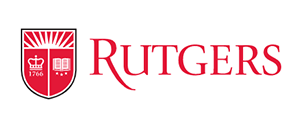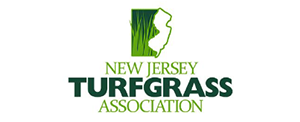As the weather warms up and spring finally settles in, we at Greenstripe are eager to help you get the most out of your lawn this season. Our team is already out in full swing, ensuring your grass gets the care it needs to grow lush and vibrant. With our initial treatment of the year, we’re focused on tackling any lingering winter weeds and preventing new ones from taking root, setting your lawn up for success all season long.
As we move further into the spring season, we’ve observed some unique cultural conditions that are impacting lawns in our area. The transition from winter to spring has been marked by fluctuating temperatures, with warm days followed by cool nights. These conditions, along with soil temperatures and rainfall patterns in March and April, have influenced how lawns are responding this season. In March we had over 5 inches of rain, which is above average
Spring Weather & Its Impact on Lawns
With Spring comes more time spent outdoors, we’re here to keep your lawn in top shape for all your spring activities!
Soil temperatures have been slower to reach the optimal range for seed germination this year, meaning that many homeowners may notice a delay in new grass growth compared to previous seasons. While we’ve had some warm stretches, the persistent cool nights have kept soil temperatures on the lower end, delaying the ideal window for seeding.
Additionally, rainfall levels have played a significant role in soil moisture and overall turf health. The increased rain we’ve seen has helped keep lawns hydrated but also presents challenges such as compacted soil and increased weed growth. These conditions can make it more difficult for desirable grass species to establish properly. If we continue to see these weather patterns we will most likely see Poa Trivialis taking hold.

Looking Ahead: Poa Trivialis in Your Lawn
One issue we anticipate seeing more of in the coming weeks is the emergence of Poa trivialis, also known as rough bluegrass. This cool-season, shallow-rooted grass species thrives in moist, shaded areas and is often mistaken for desirable turfgrass—until it starts to stand out.
Poa trivialis typically appears as light green, almost lime-colored patches in the lawn. It has a fine texture with a somewhat glossy look and can spread aggressively, especially in damp conditions. While it can blend in during cooler months, as temperatures rise, it often declines, leaving thin or bare spots in the lawn. Because it spreads through stolons (above-ground runners), it can be difficult to control once established.
What Can You Do?
If you start noticing these irregular patches in your lawn, or if you have concerns about overall turf health, now is a great time to take action. Here are some steps to help remediate Poa trivialis:
- Cultural Practices: Improve drainage, reduce excessive moisture, and increase sunlight exposure where possible. Avoid overwatering, as Poa trivialis thrives in damp conditions.
- Aeration & Overseeding: Regular aeration can help break up compacted soil and encourage healthy root growth of desirable turfgrass. Overseeding with a competitive grass species can help crowd out Poa trivialis over time.
- Non Selective Herbicides: There are limited herbicide options available for controlling Poa trivialis, but some herbicides can help suppress its growth. Leaving an unaesthetic look to the lawn.
- Renovation: In severe cases, the best option may be to completely renovate affected areas by removing the existing sod, improving soil conditions, and reseeding with desirable turfgrass.
Talk to a superintendent now about your lawn
If you have any questions or need assistance in managing your lawn this season, feel free to reach out to us. We’re here to help keep your lawn looking its best, even with the challenges this spring has presented!



